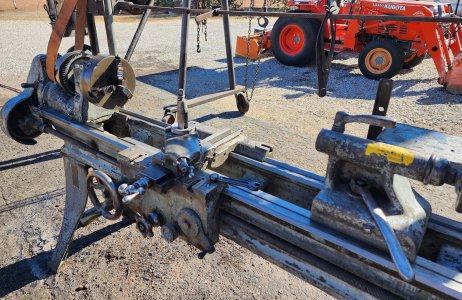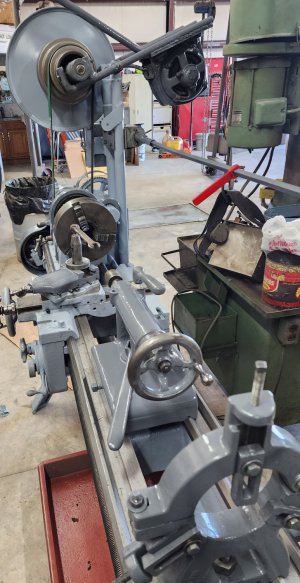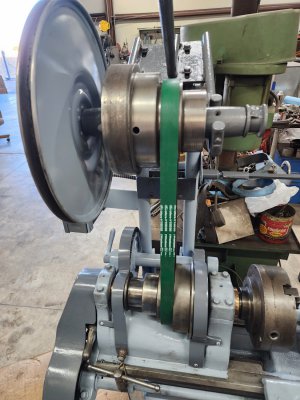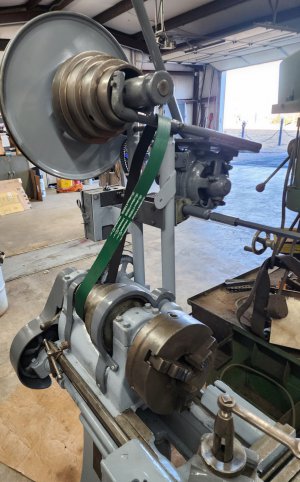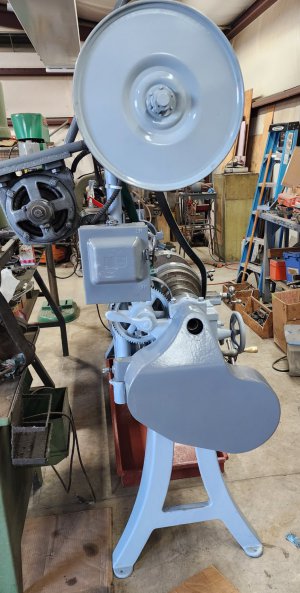- Joined
- Mar 21, 2018
- Messages
- 1,600
"Just because YOU haven't heard of something, or seen something does not mean it didn't, or doesn't exist." Sound familiar? It should, because it is an EXACT quote of what YOU said. "Politically correct"? What was "PC" about correcting your STATED model number? I asked where you got that model from, because it was possible that a Model E DID exist at sometime and I didn't know about it.Now if you would enlighten me what is the " O Series Machine). I ask because I have not heard of that.
And you were treated with respect. Questions about your facts are entirely legitimate. The serial number is the key piece of info in determining the year of sale. It looks like the Model 37 15" Series O machines were produced from approximately 1914 to 1925 or so. Since the Series O machines were produced into the mid 1930's, it's possible that your model could have been produced at anytime during a 20+ year span. But, IMO, the actual year of manufacture isn't really all that important.Hello to all.
As I stated when I made the first post I came here asking respectfully about this old south bend.
For the earlier lathes, SB often had the date cast into the inside of the from bed way (it would be a "date of cast" and not the date of sale, since the large castings were often set aside for a year or more to let the stresses of casting work themselves out).
The "15" would indicate the swing of the lathe that this tailstock would fit.As of today it is a sand blasted elderly lady, looking for a fresh coat of Make up, or war paint, whichever you prefer. While cleaning ,on the tailstock, there is a #15 in the casting, does that possibly indicate the year, or maybe to indicate the swing above the ways...
Hey, we're a picture loving group. We often say that without pictures, what you are saying isn't true! It's not an attack, but more of an inside joke. Don't be offended if you are asked for pictures.So for your information YES it did happen.




